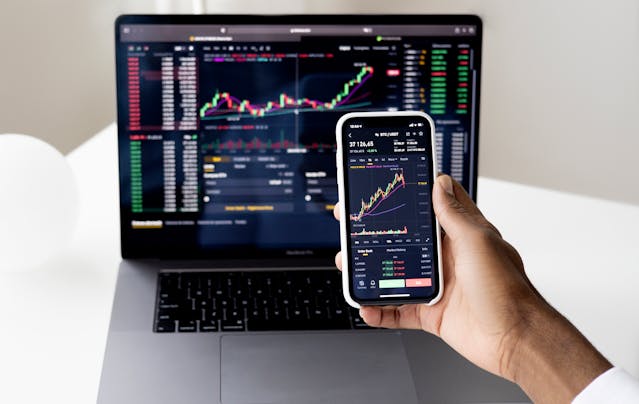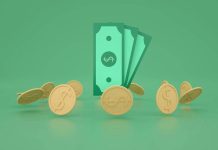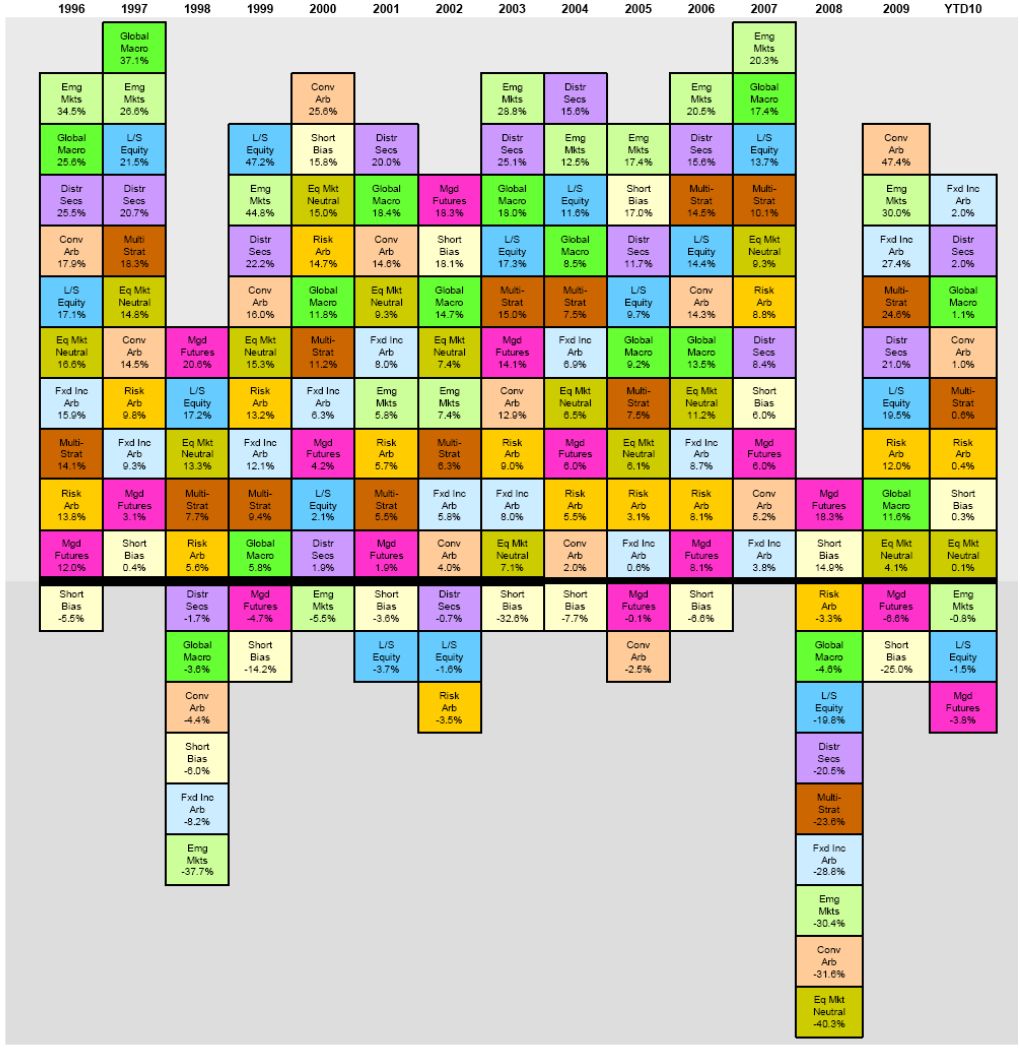Investing can often feel like navigating through a shifting landscape. Understanding how economic cycles impact your investments can help bring clarity and confidence in making informed decisions.

Let’s delve into the various phases of the business cycle and explore how each stage can influence your investment strategy.
Understanding the Business Cycle
The business cycle consists of four main phases: early, mid, late, and recession. These stages are defined by shifts in economic indicators like corporate profits, credit availability, inventories, employment, and monetary policy. Recognizing these patterns is key to anticipating how these changes might affect your investments.
The Four Phases:
- Early Cycle: Recovery from recession, marked by positive growth.
- Mid Cycle: Longest phase with sustained but moderate economic growth.
- Late Cycle: Economic activity peaks; growth slows, and inflation rises.
- Recession: Economic contraction, falling profits, and increased unemployment.
Each phase plays a distinct role in shaping the market and, subsequently, your investment portfolio.
Early Cycle: Opportunities in Recovery
The early cycle often heralds a sharp recovery from recession. Economic indicators like GDP and industrial production move from negative to positive, signaling a rejuvenation in economic activity.
- Key Characteristics:
- Profit Growth: Corporate earnings rebound as businesses begin to thrive.
- Low Inventories: Businesses have room to ramp up production, boosting sales.
- Credit: Increased credit availability and lower interest rates fuel growth.
Investment Strategies
Investments in sectors sensitive to economic recovery, such as technology and consumer discretionary, tend to perform well in the early cycle. Incorporating DEI practices in these sectors not only drives ethical growth but also aligns with the dynamic needs of a diverse workforce, enhancing overall performance.
Stocks in these sectors usually benefit from the rapid economic rebound.
Real-World Example
Post the 2008 financial crisis, the technology sector saw significant gains as economies around the world began to recover, highlighting the importance of sector-based investing during the early cycle.
Mid Cycle: Riding the Momentum
The mid-cycle is generally the longest phase, characterized by a sustained but moderate growth. Economic activity gathers momentum, with profitability and credit growth remaining strong.
- Key Characteristics:
- Economic Expansion: Broad and self-sustaining economic momentum.
- Inflation Rises: Pressure on prices begins to build.
- Monetary Policy: Shifts towards a neutral stance.
Investment Strategies
Diversifying your portfolio with a mix of growth and value stocks is essential during the mid-cycle. Sectors like industrials and business services often see robust performance due to increased capital expenditures and expansion.
Real-World Example
During the mid-2010s, industrial stocks enjoyed a substantial uptick, fueled by increasing investments in infrastructure and business expansion efforts.
Late Cycle: Preparation and Prudence
The late cycle often sees economic activity reaching its zenith. Growth may remain positive but starts to slow down with rising inflation and a tight labor market impacting profitability.
- Key Characteristics:
- Peak Economic Activity: Growth reaches its highest point before beginning to decelerate.
- Tight Labor Market: Challenges in maintaining profit margins due to higher wages.
Investment Strategies
Shifting focus towards sectors that traditionally fare well in late cycles, such as energy and materials, can be prudent. These sectors often benefit from sustained but slower economic activity and rising commodity prices.
Real-World Example
In the late 2010s, energy stocks experienced growth due to increased oil prices and demand, underscoring the strategic shift needed during this phase.
Recession: Navigating Downturns
A recession is marked by economic contraction, with declining profits and increased unemployment. It is crucial to adopt a more defensive investment approach during this time.
- Key Characteristics:
- Negative Growth: Economic indicators, such as GDP and corporate profits, decline.
- High Unemployment: Job losses and decreased consumer spending.
Investment Strategies
Safe-haven assets like government bonds and sectors such as utilities and consumer staples tend to perform better during recessions. These investments typically offer stability and lower volatility, helping protect your portfolio from severe downturns.
Real-World Example
During the COVID-19 pandemic, utilities and consumer staples outperformed the broader market, demonstrating the resilience of these sectors in times of economic uncertainty.
Strategic Implications
Understanding the business cycle and its impact on various sectors is crucial for aligning your investment strategy with current economic conditions. This approach is neither short-term nor long-term but instead focuses on adapting to the cyclical nature of the economy.
- Historical Guidance: Long-term returns provide a foundation, but short and intermediate factors also play a key role.
- Risk Management: Adjusting exposure based on economic indicators can help mitigate risks.
Incorporating these insights into your financial planning enhances strategic foresight, enabling you to navigate economic shifts more effectively. Awareness of the economic cycle’s impact helps in managing expectations and refining investment decisions to suit different phases of the economy.
Investing isn’t about predicting the future with certainty but about understanding patterns and preparing accordingly. By doing so, you can create a resilient investment portfolio that aligns with the ebbs and flows of the business cycle.
Conclusion
In the early cycle, focusing on recovery sectors like technology and consumer discretionary can be particularly rewarding as economies rebound. As we move into the mid-cycle, diversification becomes crucial. Balancing growth and value stocks allows for better adaptation to sustained economic expansion.
During the late cycle, it’s prudent to shift your investment focus towards sectors like energy and materials that typically benefit from the peak and subsequent slowdown in economic activity. Finally, in times of recession, defensive assets such as utilities and government bonds provide much-needed stability, helping to safeguard your portfolio against economic downturns.
By integrating these strategies, you can align your investment approach with the unique characteristics of each economic phase. This alignment paves the way for more informed and effective financial decisions, enhancing your ability to navigate the complexities of the economic landscape.
HedgeThink.com is the fund industry’s leading news, research and analysis source for individual and institutional accredited investors and professionals






































